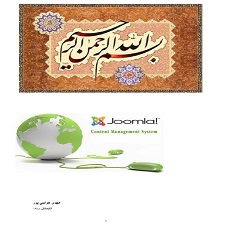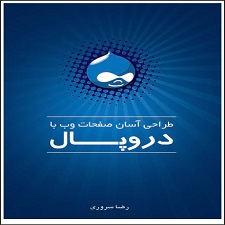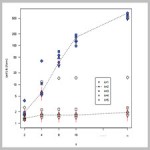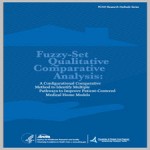توضیحات
ABSTRACT
Modeling the suitability of land to support specific land uses is an important and common GIS application. Three classic models, specifically pass/ fail screening, graduated screening and weighted linear combination, are examined within a more general framework defined by fuzzy logic theory. The rationale underlying each model is explained using the concepts of fuzzy intersections, fuzzy unions and fuzzy averaging operations. These fuzzy implementations of the three classic models are then operationalized and used to analyze the distribution of kudzu in the conterminous United States. The fuzzy models achieve better predictive accuracies than their classic counterparts. By incorporating fuzzy suitability membership of environment factors in the modeling process, these fuzzy models also produce more informative fuzzy suitability maps. Through a defuzzification process, these fuzzy maps can be converted into conventional maps with clearly defined boundaries, suitable for use by individuals uncomfortable with fuzzy results.
INTRODUCTION
Geographic information systems (GISs) have been widely used to support real world decision-making processes that involve finding regions capable of supporting certain land uses. For example, identifying an area capable of supporting a certain agricultural crop or locating a site‘ suitable for a landfill are tasks often tackled with the assistance of GIS tools. Spatial decision-making processes like these require the assessment of alternative sites based on criteria that are defined by a variety of environmental and/or socioeconomic factors. The process of assessing these factors involves comparing the actual conditions of the alternative sites with desirable characteristics, and is usually referred to as capability/suitability evaluation (Stoms et al. 2002). While the two terms are often used interchangeably, there exist some subtle differences between suitability and capability. Suitability most often refers to social-economical promise, whereas capability usually indicates natural environmental potential. However, since it has become common practice to ignore these subtle differences, we have adopted the norm and do not make any distinction between the terms in this paper. Suitability/capability evaluation is also known as multi-criteria evaluation, site selection, or resource allocation analysis (Eastman 1999; Malczewski 2000). The general procedure used by the decision maker to perform suitability analysis using GIS usually entails selecting important factors and defining evaluation criteria, comparing the attributes of the alternative sites on the desirability criteria and generating commensurate suitability values/ratings for each of the factors, aggregating ratings of individual factors into a combined suitability map to identify suitable area(s) (Malczewski 2002).
Year: 2013
Publisher : Springer
By : Fang Qiu , Bryan Chastain , Yuhong Zhou,Caiyun Zhang , Harini Sridharan
File Information: English Language/ 16 Page / size: 4,788 KB
Download: click
سال : 2013
ناشر : Springer
کاری از : Fang Qiu , Bryan Chastain , Yuhong Zhou,Caiyun Zhang , Harini Sridharan
اطلاعات فایل : زبان انگلیسی / 16 صفحه / حجم : KB 4,788
لینک دانلود : روی همین لینک کلیک کنید










نقد و بررسیها
هنوز بررسیای ثبت نشده است.